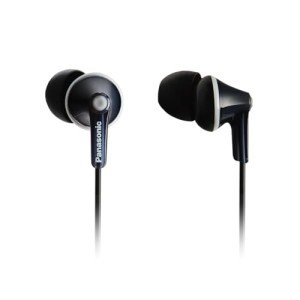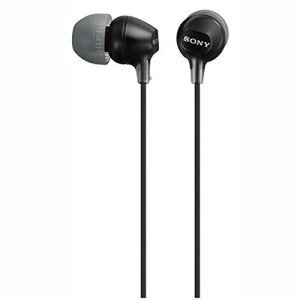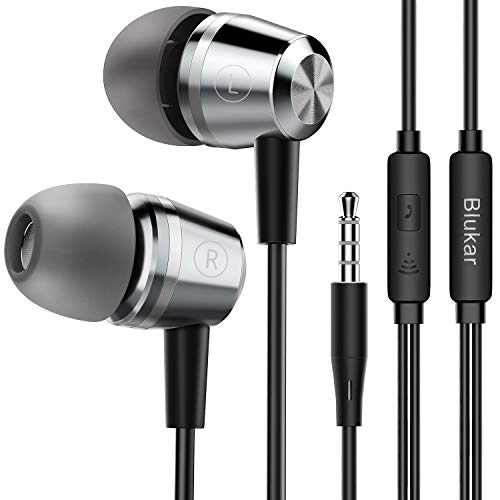In an ever-evolving technological landscape, seamless connectivity and user convenience are at the forefront of product design. Apple, known for its commitment to innovation and quality, has recently announced the introduction of AirPods with USB-C connectivity. This move marks a significant shift in the company’s accessory ecosystem and aligns with broader industry trends toward standardized connections.
The Shift to USB-C
The adoption of USB-C technology has been gaining traction across various devices over the past few years, transcending its initial application in smartphones, tablets, and laptops. The universal nature of the USB-C connector makes it a preferable choice for both manufacturers and consumers, as it eliminates the need for multiple cables and adapters. With the introduction of AirPods featuring USB-C, Apple aims to streamline the user experience while addressing the compatibility concerns that arise from using proprietary connectors.
What to Expect from the New AirPods
-
Enhanced Compatibility: The introduction of USB-C adapters means users can easily connect their AirPods to a wide range of devices, including newer iPhones, iPads, and popular laptops. This cross-compatibility ensures that users won't be limited by their device types, simplifying the everyday user experience.
-
Faster Charging: One of the noteworthy benefits of USB-C is its capability for faster charging and power delivery. Users can expect reduced charging times, allowing them to spend less time tethered to cords and more time enjoying their favorite audio. The enhanced charging speed will likely be a vital consumer selling point, particularly for those who are on the go.
-
Improved Audio Experience: While much of the consumer focus traditionally revolves around connectivity, audio quality is paramount for any set of earbuds. The integration of USB-C may provide opportunities for improved audio Codec compatibility. This means that with the right software updates, users could experience richer, high-fidelity sound when using additional features enabled through the USB-C connection.
-
Durability and Design: Apple's design philosophy has always aimed for sleek, minimalist aesthetics while prioritizing durability. The switch to USB-C offers an opportunity for a more robust charging port, decreasing the likelihood of wear and tear associated with older connectors. Additionally, users may appreciate more versatile design options that align with their existing USB-C accessories.
Industry Implications
Apple’s introduction of USB-C AirPods is significant not just for Apple enthusiasts but for the audio accessory market as a whole. As more users embrace USB-C, it is likely that competitors will follow suit. This can spark a gradual shift in the audio accessory landscape, fostering an ecosystem of devices that prioritize universal connectivity. Furthermore, the move reflects a broader industry trend towards sustainability, with fewer cables and electronic waste being generated from proprietary charging solutions.
The arrival of Apple AirPods with USB-C connectivity signals a step towards a more unified and user-friendly experience for consumers. With faster charging, improved compatibility, and potential audio enhancements, Apple continues its tradition of pushing the boundaries of innovation while meeting consumer demands for convenience and interoperability. As the audio landscape adjusts to this new reality, users can look forward to a simplified, more efficient listening experience that keeps pace with the devices they rely on most.






